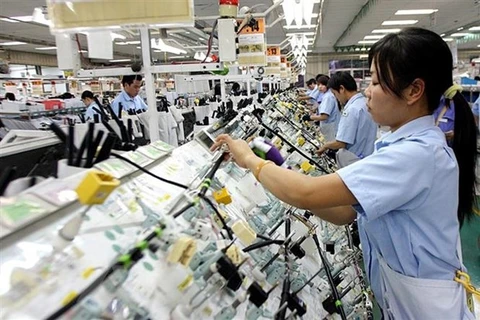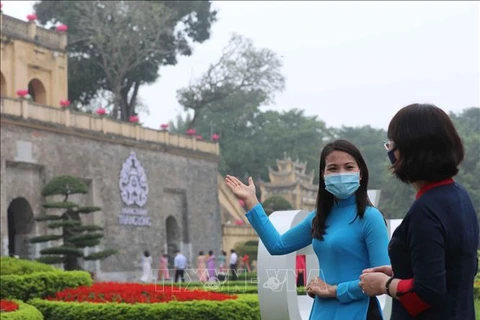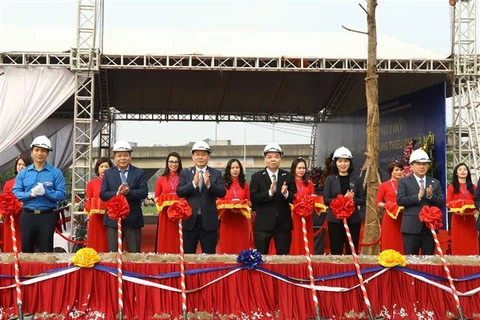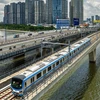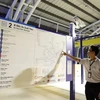 The route connecting Nga Tu Vong and Nga Tu So crossroads helps ease traffic congestion in the city. (Photo: VNA)
The route connecting Nga Tu Vong and Nga Tu So crossroads helps ease traffic congestion in the city. (Photo: VNA)
Hanoi (VNA) - Hanoi announced the zoning plan for the four inner-city districts of Hoan Kiem, Ba Dinh, Dong Da, and Hai Ba Trung, which are at the heart of and historically significant to Vietnam’s capital, on March 22.
The zoning plan regulates the physical development of the four districts with a purpose of limiting the use of land and buildings.
The four districts are of historic significance, so they will be reserved mostly for commercial, service, tourism, residential, and public purposes, said Nguyen Trong Ky Anh, Deputy Director of the Hanoi Department of Planning and Architecture.
Under the plan, Hoan Kiem Lake and the surrounding area is categorised as a hub for cultural, commercial, service, tourist, religious and public activities.
The Old Quarter is where historic, cultural and religious facilities as well as villas, residential housing projects, offices, and those for commercial and financial services are permitted.
The Old Quarter permits buildings with four to six storeys, or 16-22 metres in height, while in other restricted development areas, the figures are five to seven storeys, or 20-25 metres in height, Anh noted.
About 215,000 residents will be moved out of the four districts from 2020 to 2030 to reduce the population there to 672,000.
According to Nguyen Duc Hung, Deputy Director of the Hanoi Urban Planning Institute, a number of production facilities, companies, and headquarters of ministries and governmental agencies will be relocated from the inner-city districts. This will help provide more space for the development of public works, schools, tree planting, and others.
Vice Chairman of the municipal People’s Committee Duong Duc Tuan requested the four districts make sure the development of new projects is in line with the plan and strictly punish any violations.
On March 19, the Hanoi municipal People’s Committee issued decisions on approving urban subdivision planning projects coded H1-1A, H1-1B, H1-1C, H1-2, H1-3, and H1-4 with the 1/2,000 scale, in relation to the four districts of Hoan Kiem, Ba Dinh, Dong Da and Hai Ba Trung which belong to Hanoi’s historic inner-city area.
In general, the six subdivision planning projects, which covers more than 2,700 hectares, are aimed at urban development in historic inner-city areas according to approved planning, ensuring the synchronisation of both technical and social infrastructure; fundamentally improving people’s living conditions towards modernity and sustainable development.
The municipal People’s Committee has also directed the Department of Planning and Architecture to review regulations in the relevant architectural planning management regulations in order to effectively deploy the approved projects./.
| The four central business districts of Hanoi have a total population of more than 887,000 people, according to the population and housing census 2019. The capital city expects to reduce the number to 672,000 in its planning projects. |
